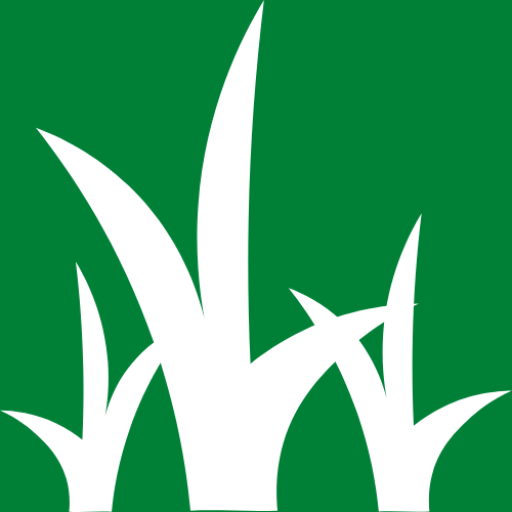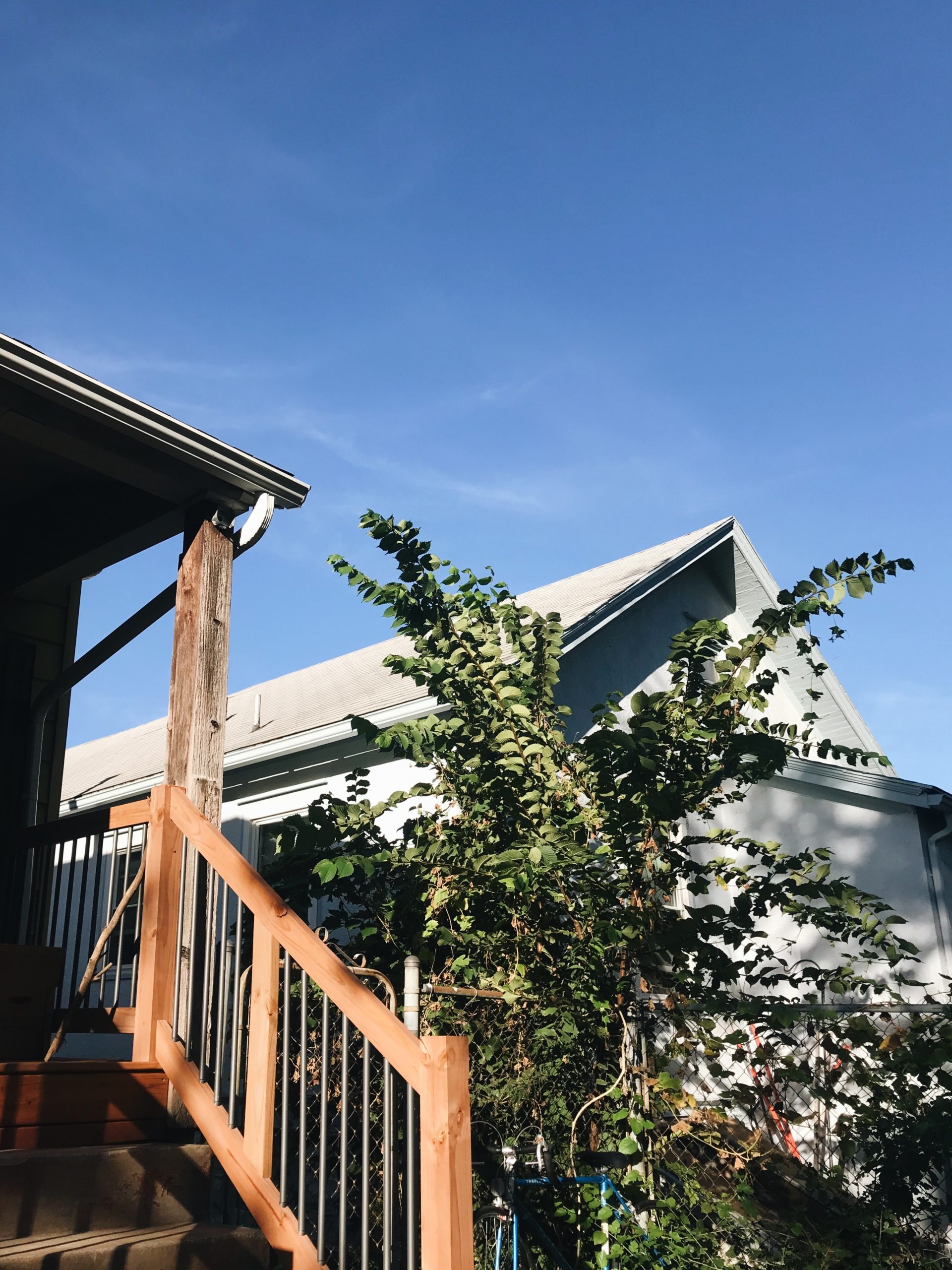Although the process of developing and caring for a tree is normally tough and even difficult at times, one of the most difficult aspects is deciding which type to grow. You must select from a variety of sizes, fruits, and other characteristics. Dwarf, semi-dwarf, and standard are the various sizes. Your decision will have an impact on every aspect of your growing experience, including the quantity of labour required and the number of rewards (fruit) you will receive.
If you just have a small amount of open space in your yard, dwarf trees are great. They require as little as an eight-foot-diameter area of land. Although dwarf fruit trees are smaller than others, their fruit is identical in size, and their diminutive stature makes them easier to manage and harvest. Dwarf fruit trees do not have the same longevity as larger fruit trees. They begin to give fruit after three to five years, therefore when purchasing a small fruit tree from a nursery, always check to see how old it is.
Semi-dwarf trees are medium in size, with a fifteen-foot diameter when fully grown. The height of a semi-dwarf fruit tree can range from 10 feet to sixteen feet. To keep them from becoming overgrown, trim them at least once a year. Semi-dwarf fruit trees occasionally take a break and produce little or no fruit, but most of the time they produce hundreds of fruits per year. Semi dwarf fruit trees are popular because they yield more fruit than dwarf plants and are often easier to harvest and maintain than regular fruit trees.
Standard-sized fruit trees take up much more space than smaller tree species, and they are also more difficult to tend and harvest all of the fruit from. They can grow to be thirty feet tall if not pruned at least once a year. A regular sized tree would be ideal if you are searching for a decent tree to give you with plenty of tasty fruit while also keeping your yard shady. Fruit trees of standard size take a long time to reach their maximum height, but they normally begin to give fruit after just three to five years.
The ideal fruit tree to buy is one that bears fruit and grows well in your location, because a local fruit tree requires less work and grows the best. Fruit trees carrying other, more exotic types of fruit may appear more fascinating, but they typically do not grow as well in your area. That is not to say that is not conceivable. You can try to develop a more exotic tree, but it will require a lot more effort and time.
Another element to consider when choosing a tree is the type of soil you have, because some trees thrive in humid soil while others thrive in dry dirt. If it rains frequently in your location, you should consider planting a plum tree. However, if you don’t receive much rain, you’d be better off planting a pear or apple tree. Before deciding on a fruit tree, go to your local nursery or gardening expert about which trees would thrive in your location.
Other things to look for in a fruit tree at the nursery include how sturdy it is, if all of the branches are evened out, how straight the tree stands, the condition of the tree’s roots, the length of the stem, and the height of the fruit from the ground. Making a thorough and deliberate decision can mean the difference between letting animals eat the stunted fruit from your crooked tree all day.

